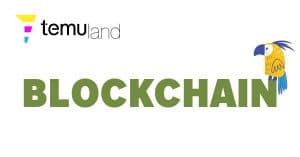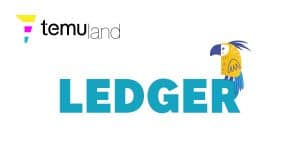In our current economy, we take materials from the Earth, make products from them, and eventually throw them away as waste – the process is linear. In a circular economy, by contrast, we stop waste being produced in the first place.
The circular economy is based on three principles, driven by design:
Eliminate waste and pollution
Circulate products and materials (at their highest value)
Regenerate nature
It is underpinned by a transition to renewable energy and materials. A circular economy decouples economic activity from the consumption of finite resources. It is a resilient system that is good for business, people and the environment.
In a linear economy, natural resources are turned into products which are ultimately destined to become waste because of the way they have been designed and manufactured. This process is often summarised by “take, make, waste”.
By contrast, a circular economy employs reuse, sharing, repair, refurbishment, remanufacturing and recycling to create a closed-loop system, minimising the use of resource inputs and the creation of waste, pollution and carbon emissions.
One part of making the Circular Economy successful is incentivising new behaviours, like sustainable resource production and consumption, product repurposing and recycling. Another part is assuring that the repurposed or recycled goods people and organisations buy aren’t made from virgin materials. Without that trust and transparency, we’re likely to revert to our current linear economy.
To many people the circular economy is synonymous with sustainability and recycling, but it is also about assets and materials retaining the highest possible value for as long as possible. The closer the recycling of a building material is to its original use, the more it adheres to the principles of the circular economy and the higher the profit value for the end user.
For example, a steel beam that can be used in situ yields a better financial return and is more energy efficient than a beam that is transported to another location or smelted down.
Blockchain
Blockchain technology is a revolutionary new protocol for sharing and updating information by linking ledgers
Blockchain’s design supports two main uses for the Circular Economy – proving product origins and incentivising positive behavioural change.
Blockchain is a foundational technology for the development of transparent digital supply chains, offering an immutable record of transactions that verifies the origin of products.
Rewarding circular purchases, consumption or disposal will add motivation beyond the somewhat abstract need to protect our planet.
Blockchain technology can contribute to the circular economy by helping to reduce transaction costs, enhance performance and communication along the supply chain, ensure human rights protection, enhance healthcare patient confidentiality and welfare, and reduce carbon footprint.
It further can tokenise natural resources, giving them a unique digital identity (similar to a digital coin) that people can trade. This makes the value of resources more apparent, facilitating a new system of pricing and trading natural resources, and incentivising people to adopt Circular behaviours.
Blockchain could turn the Circular Economy into a developed ecosystem by offering product assurance and active incentivisation. Before blockchain can become the next cloud computing or the next dot com, it needs investment and adoption. It is likely to be led by major players in sectors such as food, shipping and automotive, who are in a good position to pull in the resources and other organisations in the supply chain to participate. Once large-scale pilots prove the value of blockchain, mass adoption will follow.
Circular economyon Wikipedia
What is a circular economy?on Ellen Macarthur Foundation
Blockchain can drive the Circular Economyon Pac Consulting
Blockchain technology and the circular economy: Implications for sustainability and social responsibilityon ScienceDirect
Blockchain’s role in the circular economy in the built environmentby Steven Matz
Cradle to Cradle is like good gardening; it is not about “saving” the planet but about learning to thrive on it.




